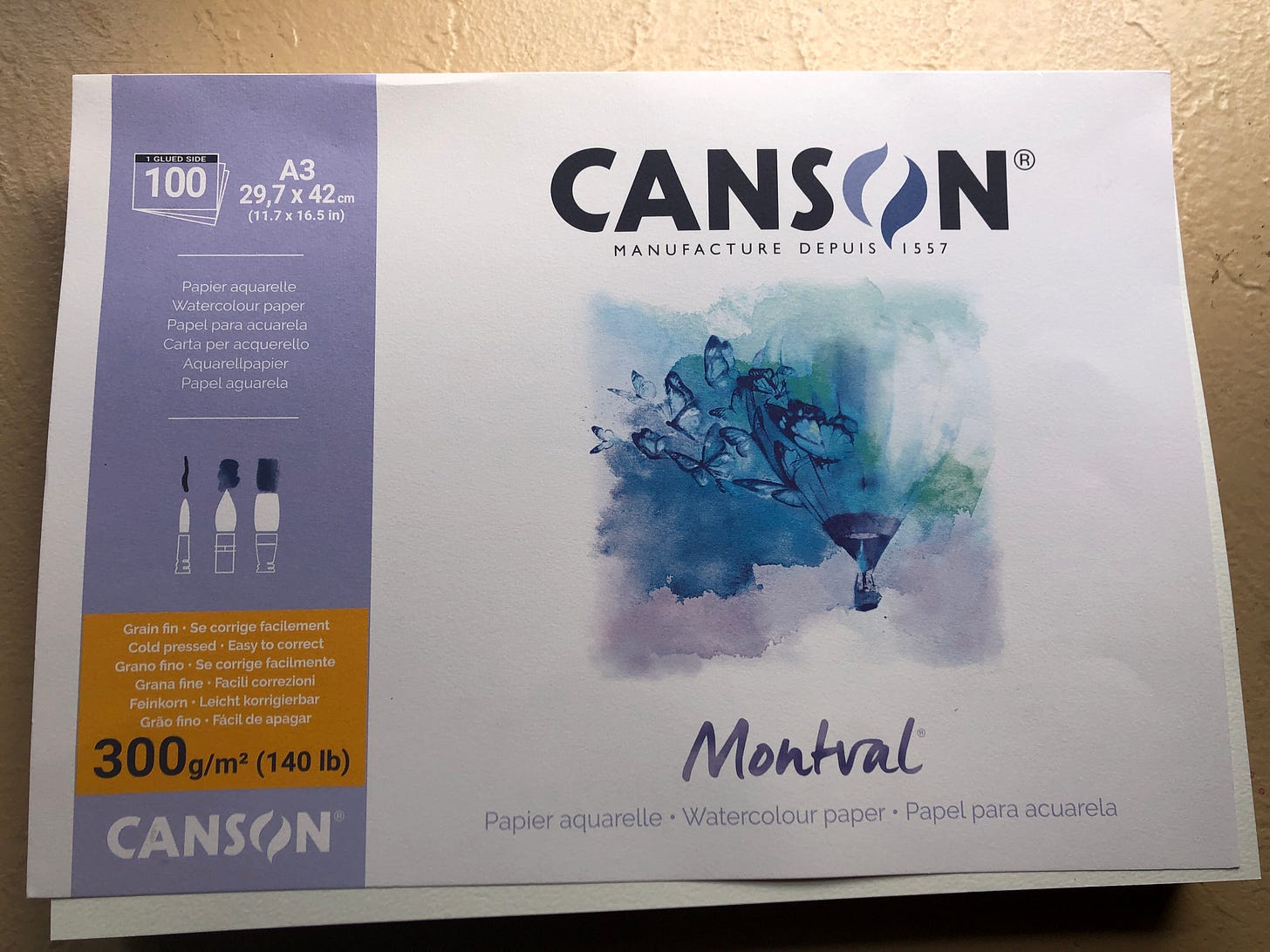Hello lovely people! I’m sending you this because you recently did an art class with me and I thought it might be nice to share with you some of the things we learned, along with a material list. If you’re interested in keeping up with what I’m up to (art classes, new artworks, occasional discounts and a monthly giveaway) feel free to join my mailing list!
As promised, here is the lowdown of the things we learnt in class:
Pencil Drawing
Use a HB or any H pencil for sketching and keep it light (you will erase your pencil lines).
Use a reference image of your chosen animal (it's very rare to have a photographic memory).
Look for the basic shapes in the animal and practice sketching it on a scrap piece of paper (I've attached an example of this too). This will give you a more solid understanding of the animal.
Pen Drawing
Once you have a basic pencil sketch, start drawing with your pen.
Use any water resistant pen (test them out first to see if they bleed with water). Good brands include Copic and UniPen but there are many more.
Take your time with your lines. Be slow and calm as you draw over your pencil lines.
Start adding in patterns wherever you like. I'm often inspired by patterns in nature and incorporate these into my drawings.
Try using a smaller sized pen for smaller details. In a drawing, I might use a 0.5, 0.3 and 0.1.
Think about dotted lines and stippling around the outside edges of your drawing (this gives a sense of three-dimensionality).
Once you're finished drawing, wait a couple of minutes so it's dry and gently erase your pencil lines.
Stretch!
Watercolour Materials
Use a good quality paper 200gsm+ from an art store. In class we used this Canson 300gsm paper, but most paper from reputable art stores is good for practising.
Use good quality watercolour paints. The better quality paints have less filler in them and you will need less pigment to paint (meaning they last longer). If you're on a budget and want something nice to play with, I recommend this little Winsor and Newton set.
The set I use is a Schmincke 24 set and has lasted me for 6 years with lots of use. Don't be afraid of the tube watercolours either, you can put them on a pallet and let them dry. They can be used just like the pan sets. Daniel Smith do beautiful colours and I sometimes treat myself to something special at the art supply store.
Believe it or not, many of the brushes I use in class are actually from Bunnings! Of course there are much more expensive and (admittedly lovely) brushes you can get from art supply stores, but there’s no need to invest heavily at first. I love using brushes with nice tips, so I don’t have to change my brush very often.
Watercolouring
There are 3 main watercolour techniques: wet on wet, wet on dry and dry on dry. I mostly use the first two.
Start with a light wash (using plenty of watercolour). Have a paper towel on hand to help with puddling.
Drop in darker colours while it's still wet and delight in seeing your colour bleed!
Once your undercoat is dry, you can add more darker colours and retain a defined line (good for colouring in your patterns).
Wow! Okay, that was a lot of typing. Good luck with your painting! If you’re interested in coming and doing another class with me in person, feel free to check out my ever changing list here or contact me at zinia@ziniaking.com of you’d like me to run a class at your school/community centre/library/retirement centre/kindy etc.
I do run regular painting classes online here on Substack. For just $5 a month or $50 for the year, you’ll receive at least one online art class a month in your inbox along with many special bits and bobs.






